Fuji Finepix S2 Pro digital camera
This is a bit of a departure from my usual posts about vintage film cameras because the subject of this post is a digital camera. However, considering the rapid advancements that have taken place in digital camera design, the Fuji finepix S2 Pro, having been released in 2002, is an interesting look back at one of the first good quality, large sensor digital cameras available.
Fuji Finepix S2 Pro Images







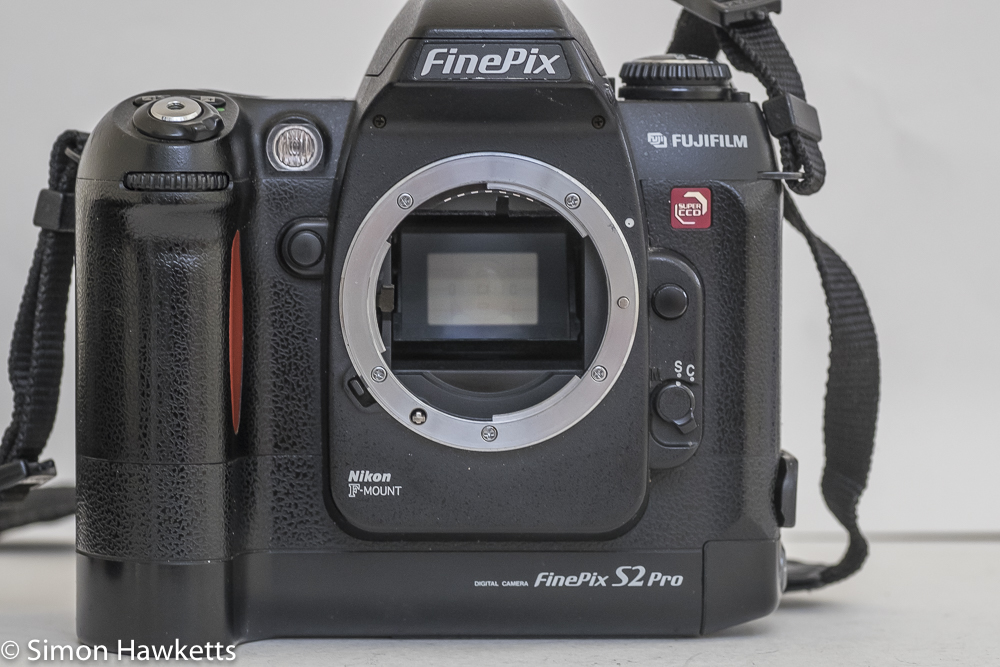

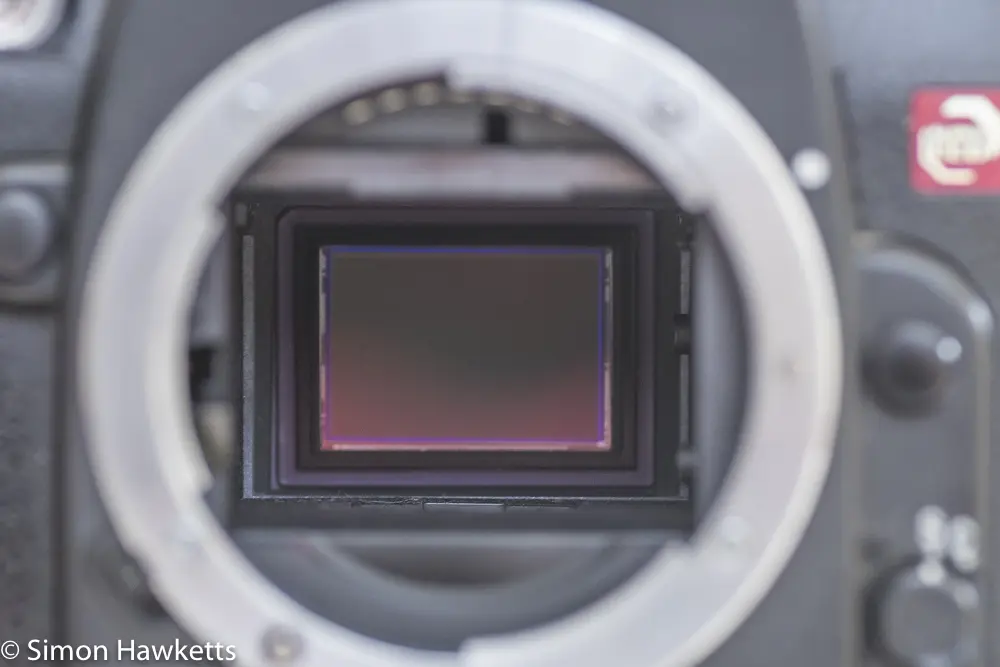


My Fuji S2 Pro Camera
I bought this camera simply because I saw it on eBay, and it looked a bargain. It was an auction sale, starting at 99p and had a couple of bids which had driven the price up to around £5. It was described as ‘untested’ and for some reason I got the impression that it really was untested rather than ‘tested but busted’ which a lot of untested eBay sales are.
Anyway, I decided it was worth a gamble, and with a few seconds to go I placed a bit of £17.96 and actually managed to win the auction for only £6.80. Although the postage was a bit high at £7.80 I still got the whole package for less than £15.
When the camera turned up I found it was in pretty good condition with just a few marks and scratches, with the biggest indication that it was used being the missing transfers on some of the back panel buttons. There were no batteries in the unit, so I fitted the required two sets of batteries (4 AA in the bottom tray and 2 CR123 in the hand grip) and tried turning it on. Without any fuss, the camera sprang to life and displayed shutter speeds on the top panel LCD.
Because it was sold as a body only, there was no aperture displayed (because there was no communication with a lens) so I fitted a Nikon 28 – 80 mm zoom from my Nikon F80, and tried again, and this time found that the aperture value was displayed, and the camera seemed to work.
The next issue I found was that there was no memory card fitted, and I had to search around to find a Smart Media card to try in the camera. Fortunately, the first digital camera I ever bought (an Olympus C-720 super zoom) used Smart Media and I found the card that it used (a whopping 128Mb, which cost a small fortune in 2003), once it had been formatted and fitted to the S2 pro, meant I could save pictures.
With a memory card fitted, I ran through the rest of the camera’s functions and found that everything seems to be working properly, and the unit is in remarkably good condition.
It was fairly obvious that a 128Mb card was not going to allow me to save many photos, so I had a look on Amazon for a compact flash card. What I found was that they are incredibly expensive to buy, probably because they are no longer a preferred medium, and to get a single card would cost me more than the price of the camera.
So in the end I purchased an adapter which allows SD cards to be fitted to a compact flash shaped card and the camera can then use SD cards. Because the camera expects the card to be formatted to a FAT file system, it will only see cards up to 2G, but fortunately I had a couple of old cards laying about which were that size, so I could use them.
When I initially ran some tests with the camera set up to record RAW images to this SD card in a compact flash adapter, I thought there was a problem because the camera wouldn’t correctly write the files. With a bit of analysis, I found that the adapter/SD card works fine – you just need to allow about 5 seconds for the file to be written!
With the camera set up this way, I can store a total of about 150 pictures before the card is full, which is fine for a general shooting session.
Fuji finepix S2 Pro Description
The Fuji Finepix S2 Pro actually has some history as a film camera in a way, since Fuji built it on the Nikon F80 35 mm SLR body. If you look at the camera from the side, you can see how the sensor unit and electronics has been bolted on to the back of the film chamber behind the shutter.
The basic design of the camera is a 6M pixel camera with a 1.8 inch picture display and a smaller data display on the back panel, two data storage slots for SmartMedia and Compact Flash Type II microdrive, a USB data connection (with what is now a non-standard connector) and a surprisingly high number of picture controls. The lens mount used is the standard Nikon F mount, which allows numerous lenses to be used, including some of the finest quality lenses available.
One of the oddities of the design, which I touched on above, is the use of two separate battery sets. There are two lithium CR123 batteries in the hand grip and a set of 4 AA batteries in a pull-out compartment in the bottom of the camera.
The two lithium batteries are a legacy from the Nikon F80 and seem to only power the flash unit. The 4 AA batteries power the rest of the camera and electronics that Fuji added to convert the camera to digital. The net result of this is the camera is much taller than the F80 it’s built on, and the additional electronics on the back make it deeper also. In short this is a big camera and quite heavy to lug around.
One of the things I noticed when I first got my F80 was the deterioration of the covering which resulted in it feeling quite sticky to touch, and a bit of investigation on the web revealed that this is a common problem with Nikon cameras of that vintage. Well the Fuji doesn’t seem to suffer with that issue at all, the covering looks very similar to the finish on the Nikon, but it has none of the sticky feel.
In terms of the camera’s functionality it has just about everything the Nikon F80 has and most of the controls are positioned in exactly the same place, although obviously there are additional buttons and controls for the digital parts. For that reason, please refer to my Nikon F80 post for more information on the basic functionality (i.e. metering modes, exposure modes, drive modes etc) of the camera.
Because the S2 Pro is an APS-C sensor camera, there is a crop factor to apply, and the viewfinder has been masked to allow for that. This means that the viewfinder is quite small compared to a film camera from the same period, but this isn’t a big deal when the camera is being used. There is also a bonus with this arrangement – the focus points cover a bigger area of the picture.
Talking of the sensor, the device fitted to this camera is a 6.49M pixel CCD sensor of Fuji manufacture which, because of the way the data is read and interpolated, results in files as big as 35M when the camera is set to its highest resolution and recorded in TIFF format.
Since Smart Media cards at the time were only available up to 128Mb, this would only allow you to store about 3 pictures on a smart media card! I guess most pro photographers who used one of these cameras would have used the Compact Flash microdrive port, although a 1Gb drive would still only allow 29 pictures to be saved on the highest settings. Mind you, that compares reasonably with a roll of film. Fortunately, RAW storage is also available, which decreases the file size to about 12.5Mb for the top resolution images.
The base ISO sensitivity of the sensor is 100, and it can be extended to 1600, although I would expect this to be one area where the camera suffers. The biggest change in digital camera design in the last few years has been in increasing the noise performance at the higher ISOs, and I know from personal experience that my old Pentax K200D used to be pretty poor above about 400 ISO. I’ll find this out when I take some test shots over the next few days.
A novel feature of the camera is the ability to make a voice recording and attach to any of the pictures you take. With the option turned on, it’s possible to record a voice message using the inbuilt microphone either just after the picture has been taken or later, and it will be kept with the picture allowing you to store any useful information such as location, weather etc. The recording can’t be played back on the camera, however, it needs the original software to play it. In the next part of this post, I’ll report on if I was able to recover the recordings without this software.
Final Words on the Fuji S2 Pro
I think the Fuji S2 Pro is a fascinating look at the early history of digital photography. If you are creating a digital version of an established technology, it is perfectly reasonable to base it on a version of the existing craft, and Fuji seems to have done a good job of modifying what was a very good base camera. Although the pictures produced would not stand up to comparison to today’s results, if they were compared to the film results from the Nikon F80, I suspect they would compare nicely.
I’m going to take the Fuji finepix S2 Pro with me over the next few days, and I’ll publish some results from it soon, but just as a taster here are a few pictures I’ve taken in the garden today with the camera set to both RAW and Jpeg and at a few ISO settings.


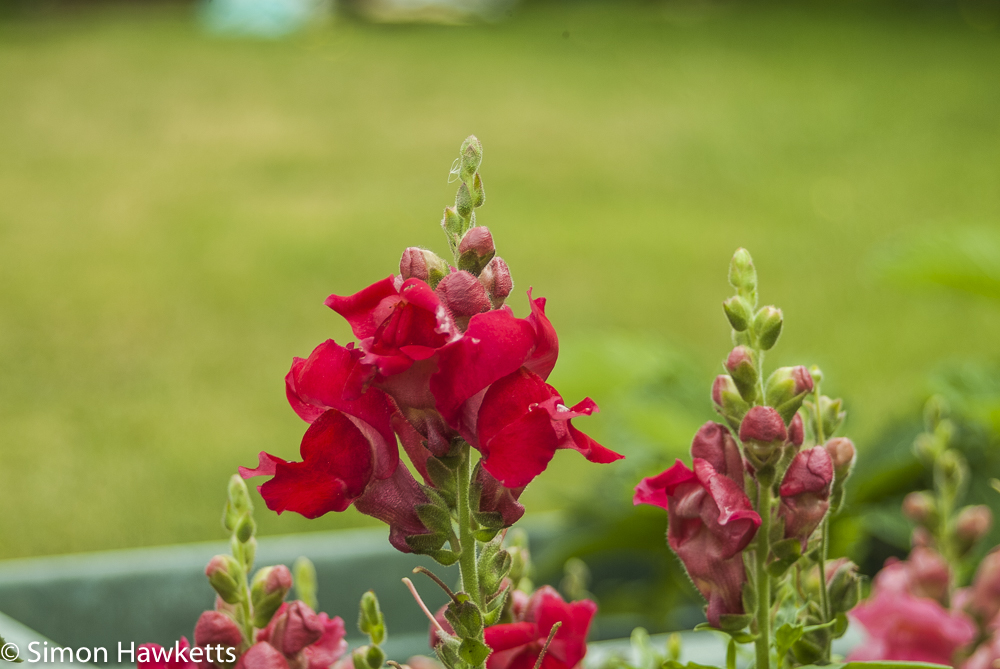
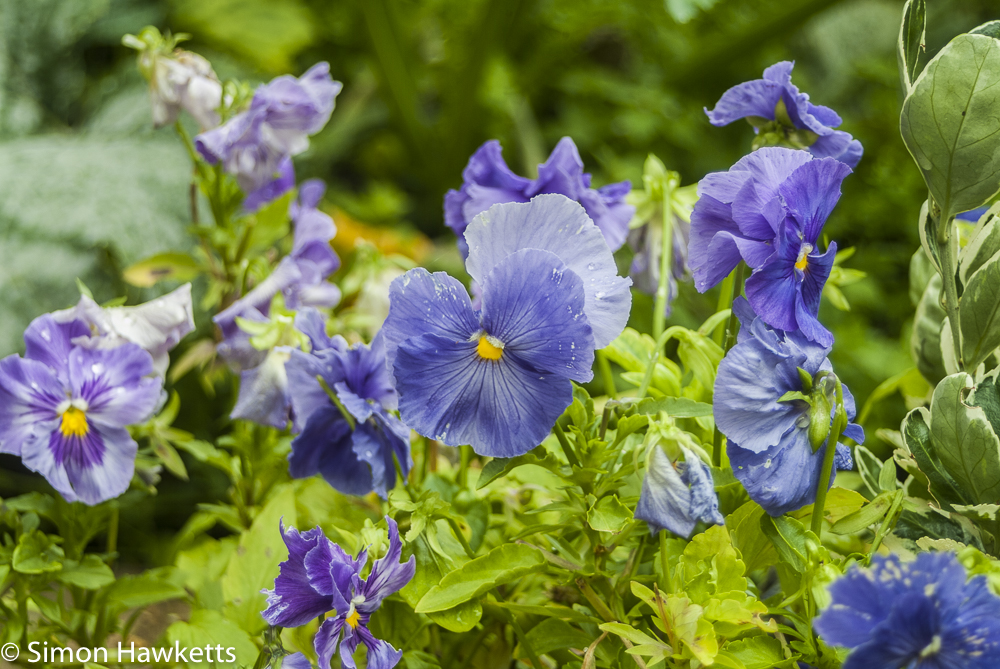
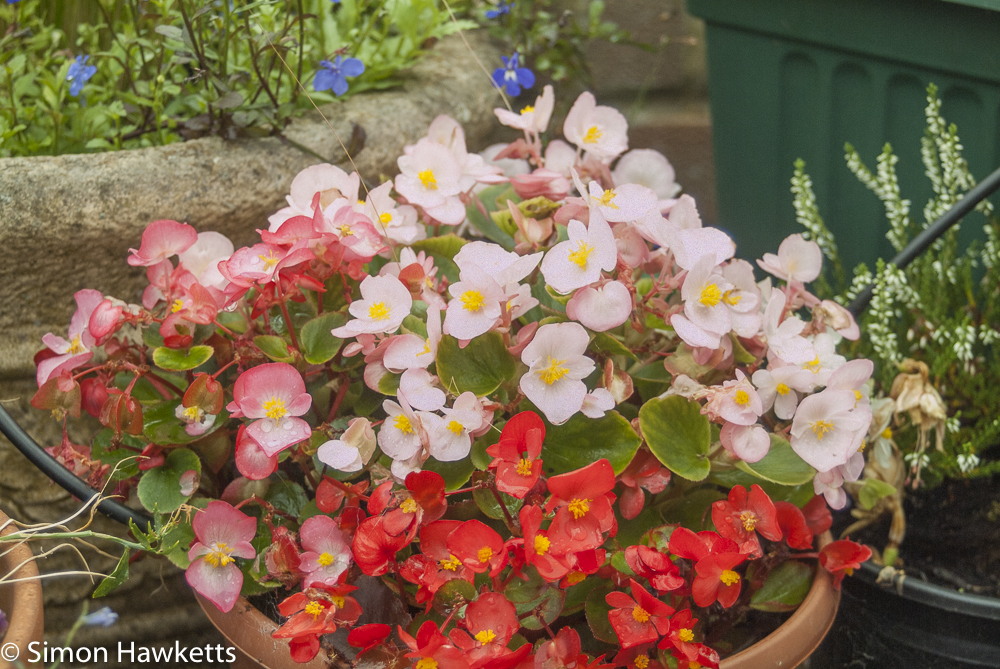

The next part of this post will cover my impressions of shooting with the Fuji finepix s2 pro camera and have a lot more sample pictures.
Discover more from Everything Vintage
Subscribe to get the latest posts sent to your email.







